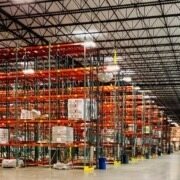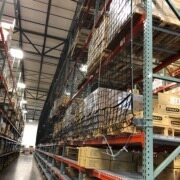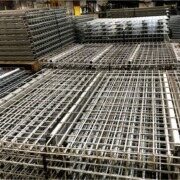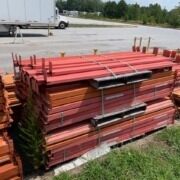Whether a small e-commerce company or a large retail chain, the efficiency of a warehouse can have a significant impact on the overall success of the business. To ensure a smooth, optimized operation, it’s important to keep track of key metrics that can aid in identifying areas for improvement. Below are four metrics identified by the Warehousing Education and Research Council (WERC) that are crucial for warehouses to monitor in order to maximize productivity.
1. Average Warehouse Capacity Used – Best-in-class operations, on average, utilize 90% of available warehouse capacity.
By understanding how much of the warehouse space is being utilized, businesses can optimize their inventory levels, plan for future expansions or reorganizations, and make more informed decisions about their warehousing operations.
2. Order Picking Accuracy – Best-in-class operations achieve more than 99.9% order picking accuracy.
Inaccurate order picking can lead to incorrect shipments, delayed deliveries, and unhappy customers, which can damage a company’s reputation and impact on its bottom line. By measuring order picking accuracy, warehouses can identify areas for improvement and implement strategies to increase accuracy, ultimately leading to less returns, higher customer satisfaction, and increased revenue.
3. Percent of Orders with On-Time Delivery – Best-in-class operations deliver more than 99.48% of orders on time.
Late deliveries can lead to dissatisfied customers, lost sales, and a damaged reputation for the business. By tracking the percentage of orders with on-time delivery, warehouses can identify areas for improvement in their logistics and supply chain operations, employ strategies to improve delivery times, and finally enhance customer delight and retention.
4. Inventory Count Accuracy by Location – Best-in-class operations achieve a 99.9% match of physical inventory to reported inventory.
Accurate inventory counts enable warehouses to fulfill customer orders promptly, avoid stockouts, and minimize the risk of overstocking, which can tie up capital and lead to unnecessary storage costs. By measuring inventory count accuracy by location, warehouses can identify discrepancies, adjust their stock levels accordingly, and maintain optimal inventory levels, leading to better efficiency and profitability.
By keeping track of metrics such as those above, warehouse managers can make data-driven decisions to improve their operations. Our experienced team at Storage Solutions are no strangers to the negative impact ignoring data can have on a warehouse operation. Luckily, we know how to best support our customers in their journey of optimization.
If you want to learn more about how Storage Solutions can help you fully utilize these metrics, click here!


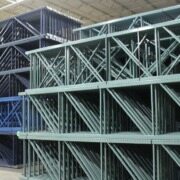
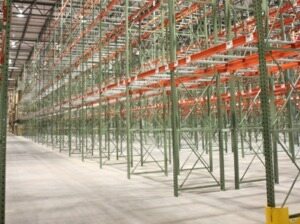 Pallet Rack
Pallet Rack
